Photovoltaic (PV) modules are a popular source of renewable energy, but they are not 100% efficient. There are several reasons why this is the case. Let's take a closer look at each of these reasons.
Materials: The materials used in PV modules have a natural limit to their efficiency. Silicon, which is the most commonly used material in PV modules, can only convert a certain portion of the light it absorbs into electricity. This is known as the Shockley-Queisser limit (Shockley–Queisser limit - Wikipedia) and it places a theoretical maximum limit on the efficiency of silicon-based PV modules.
Wavelength of light: Not all wavelengths of light can be converted into electricity. Only a portion of the solar spectrum, known as the "photovoltaic window," can be effectively converted into electricity. Light that falls outside of this range is either reflected or absorbed and does not contribute to the electrical output of the PV module.
Losses in electrical conductivity: Energy is lost during the conversion and transmission of electrical energy. For example, some energy may be lost as heat, while other energy may be lost due to resistance in the electrical conductors. These losses can reduce the overall efficiency of the PV module.
Temperature: The efficiency of PV modules decreases as their temperature increases. This is because the internal resistance of the materials used in PV modules increases as the temperature rises. This increase in resistance leads to a reduction in the amount of energy that can be converted into electricity.
Manufacturing imperfections: Minor flaws and impurities in the manufacturing process can also impact the efficiency of PV modules. For example, if the materials used in a PV module are not perfectly pure, this can reduce the efficiency of the module. Additionally, if the module is not manufactured to precise specifications, this can also impact its efficiency.
While PV modules are an important source of renewable energy, they are not 100% efficient. Understanding these factors can help improve the efficiency of PV modules and increase their overall effectiveness as a source of renewable energy.

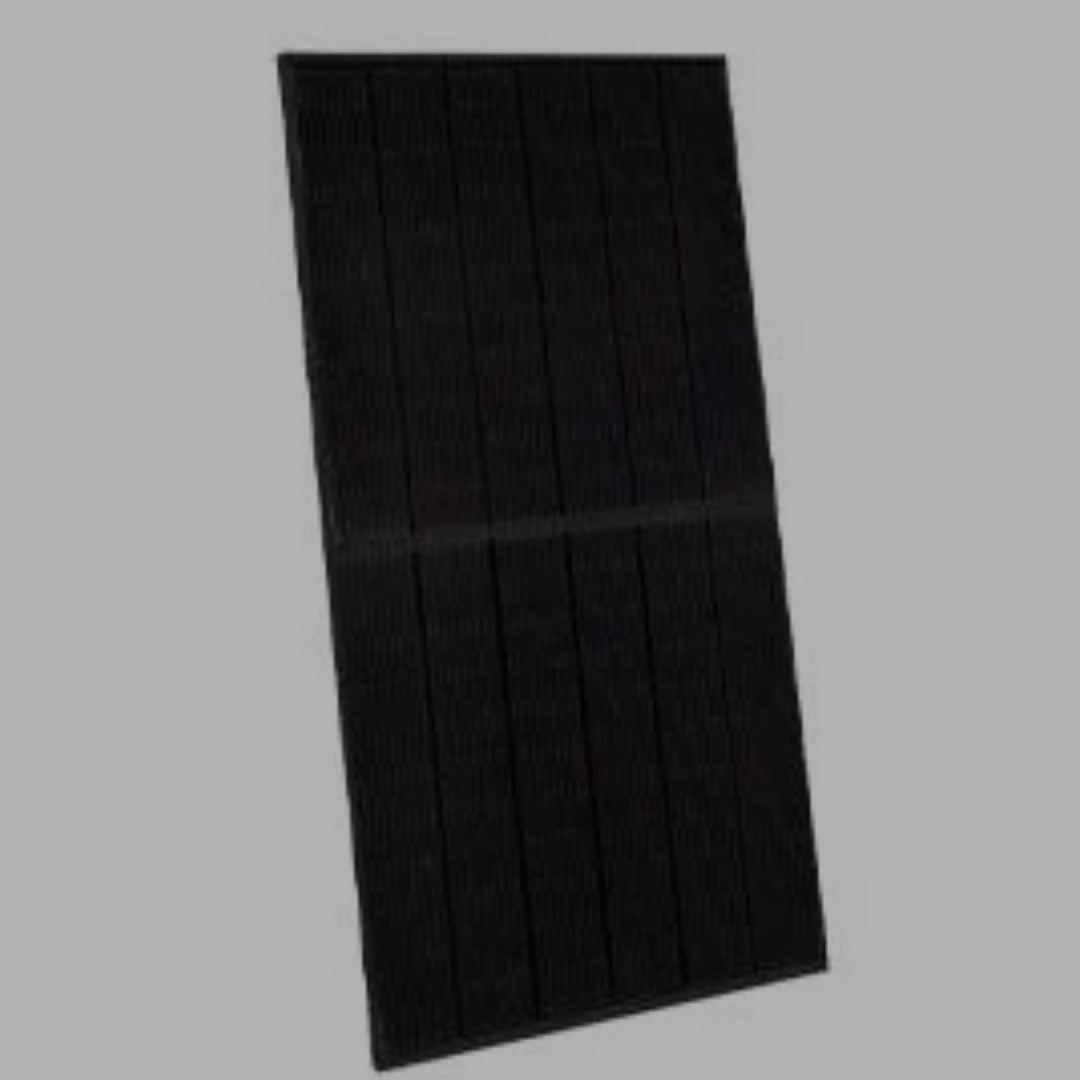
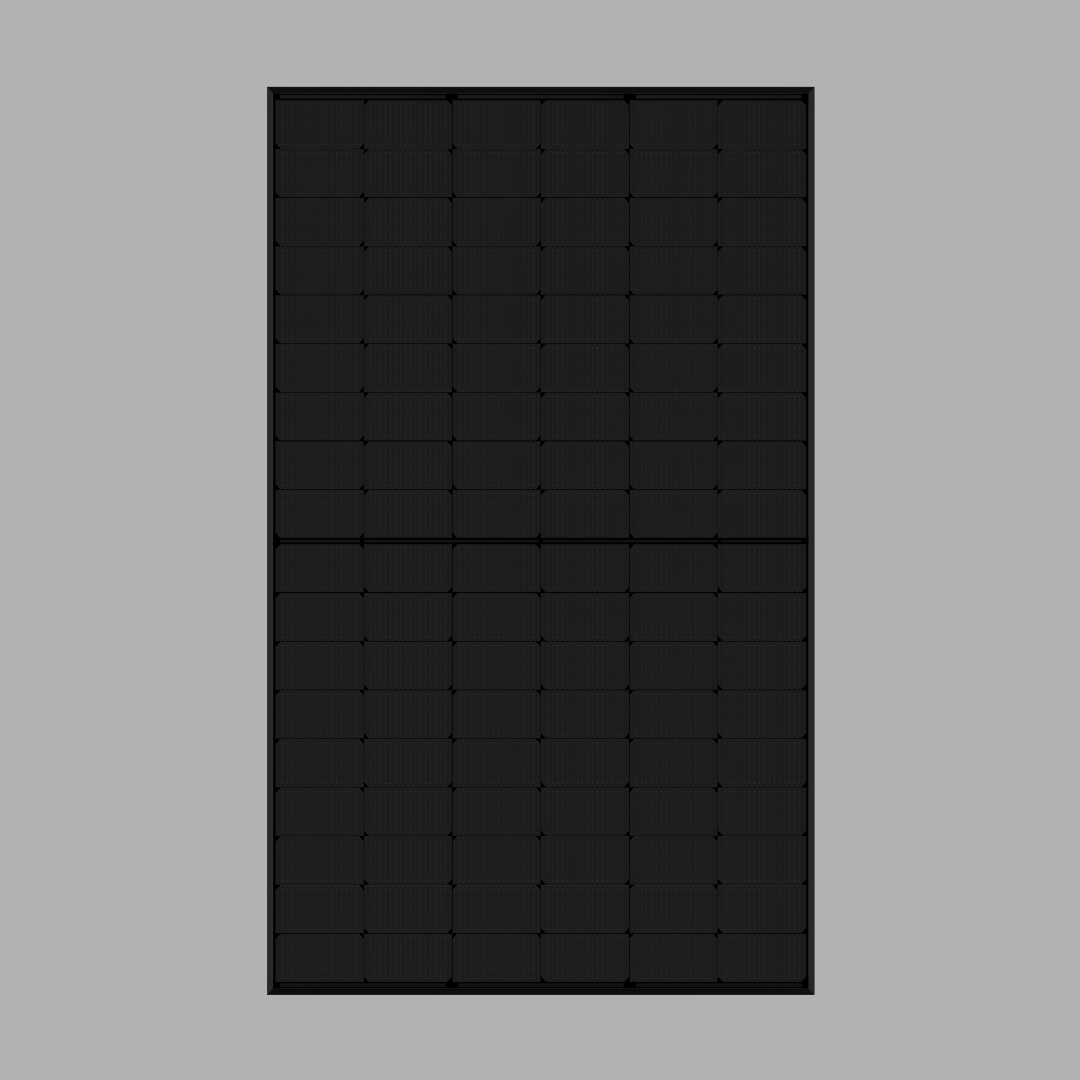
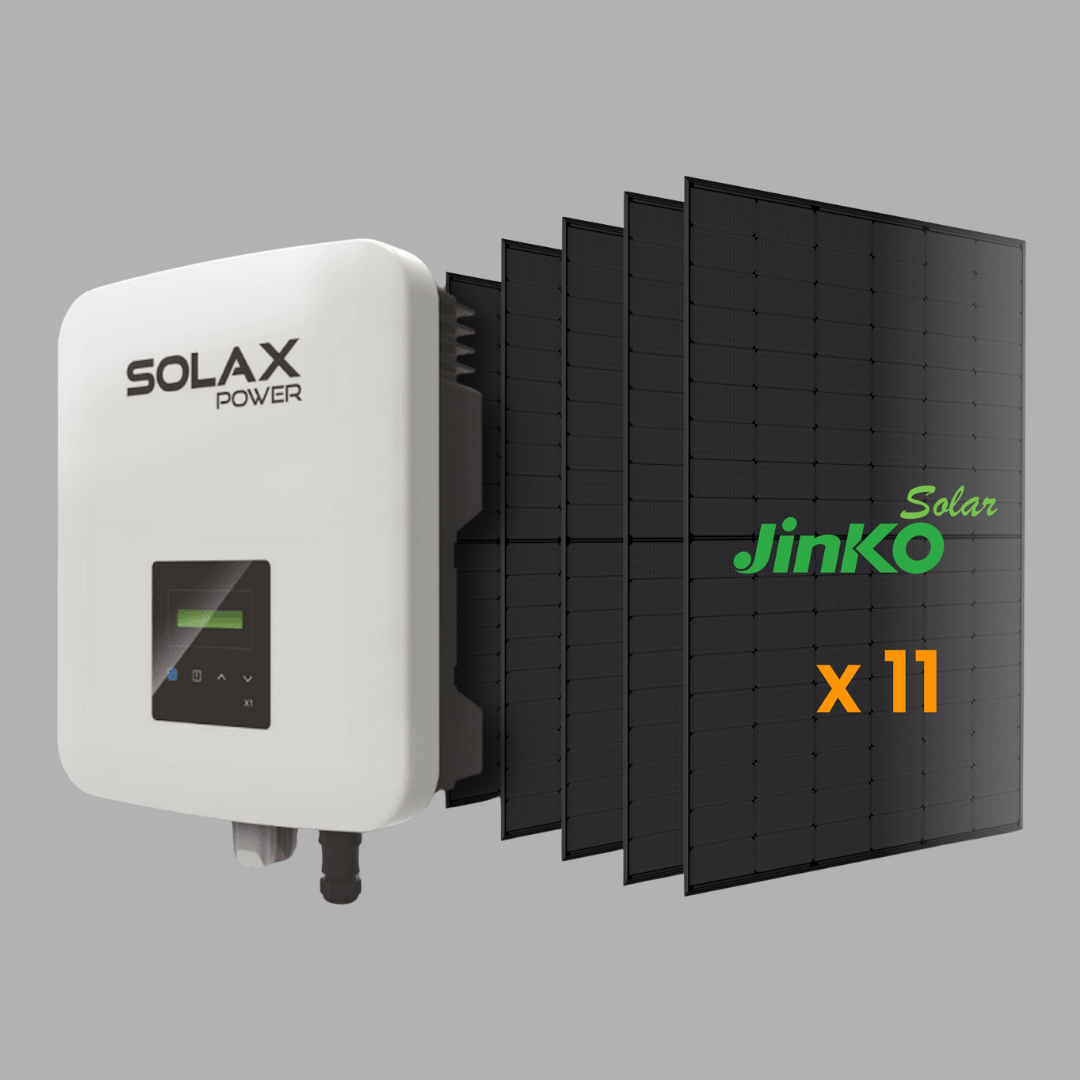
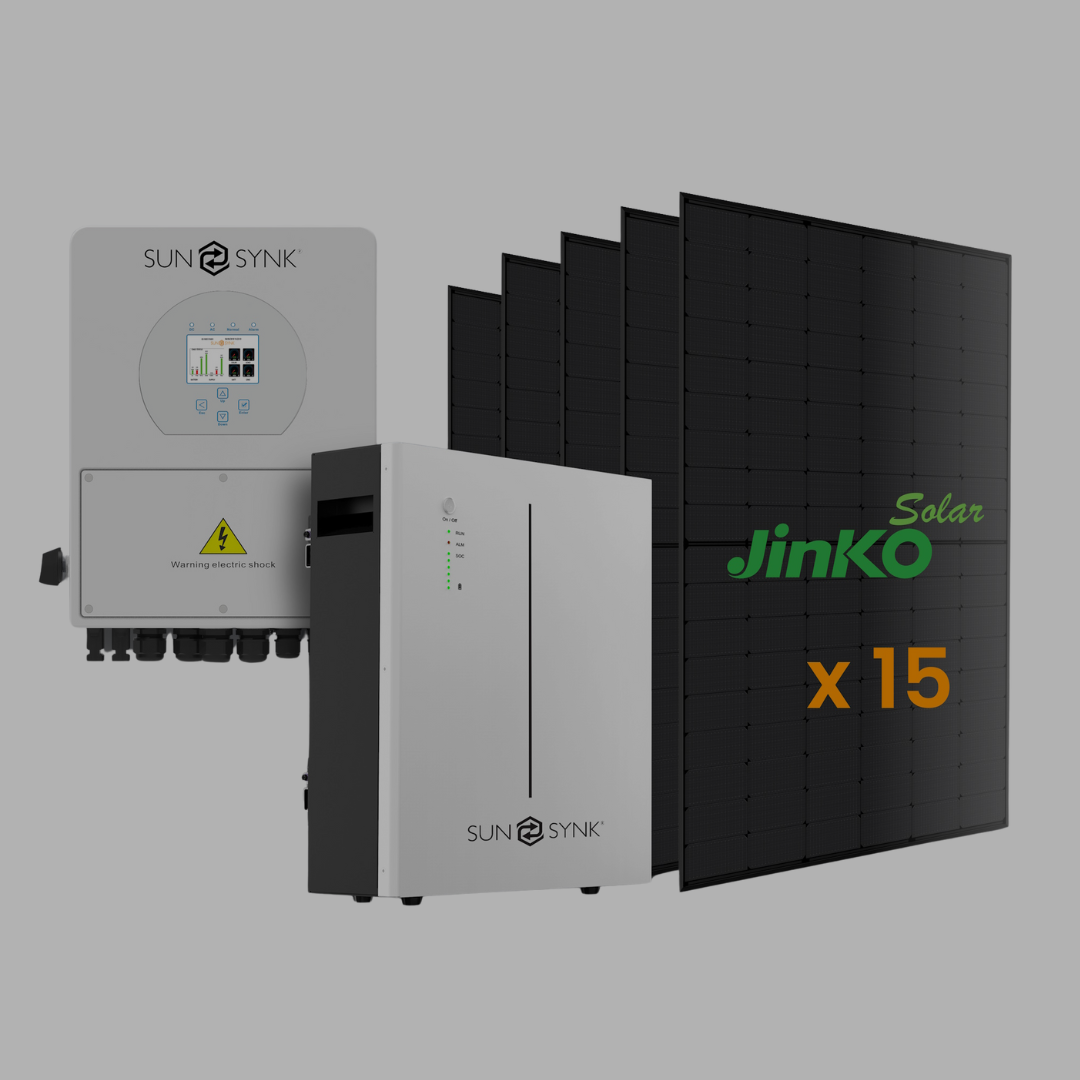
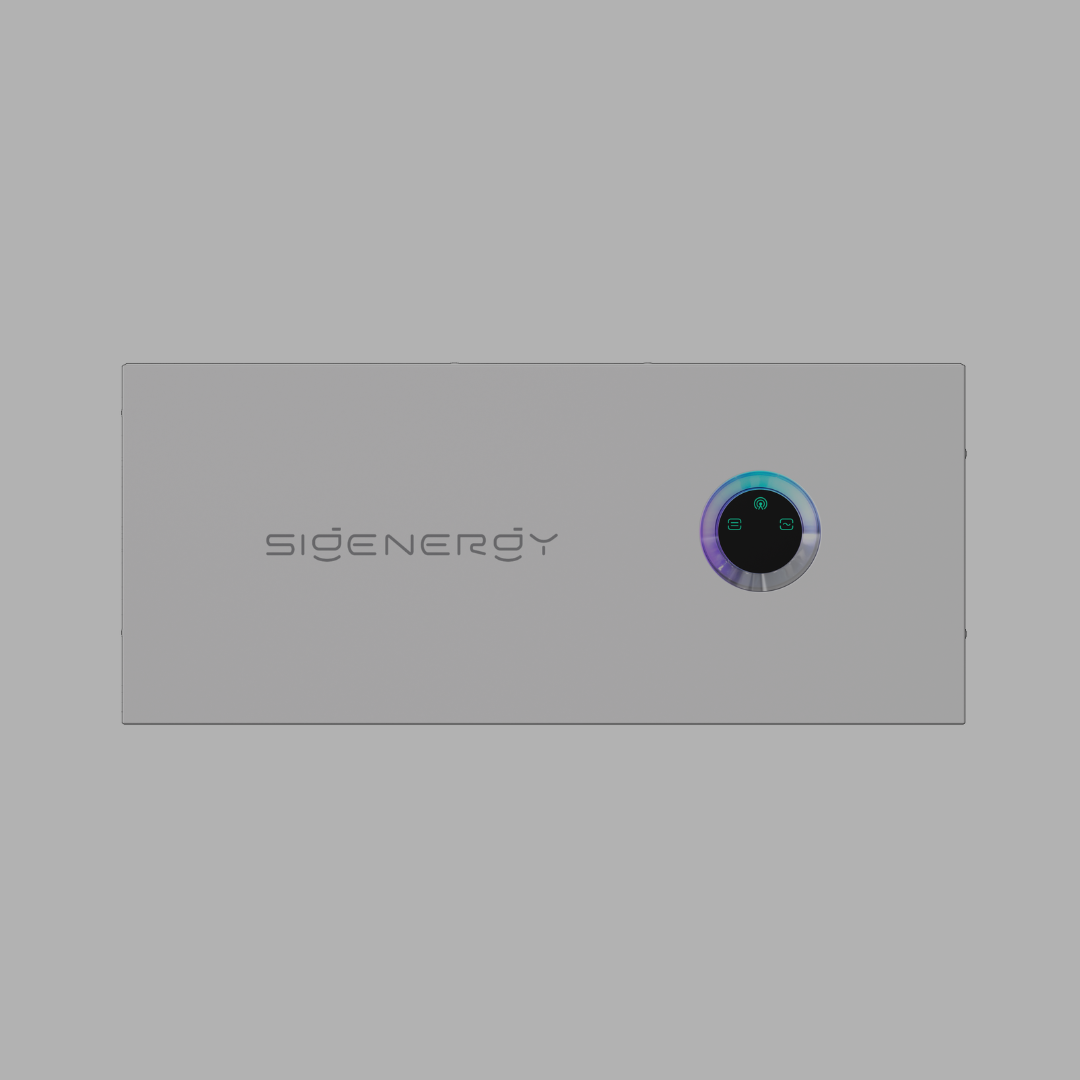
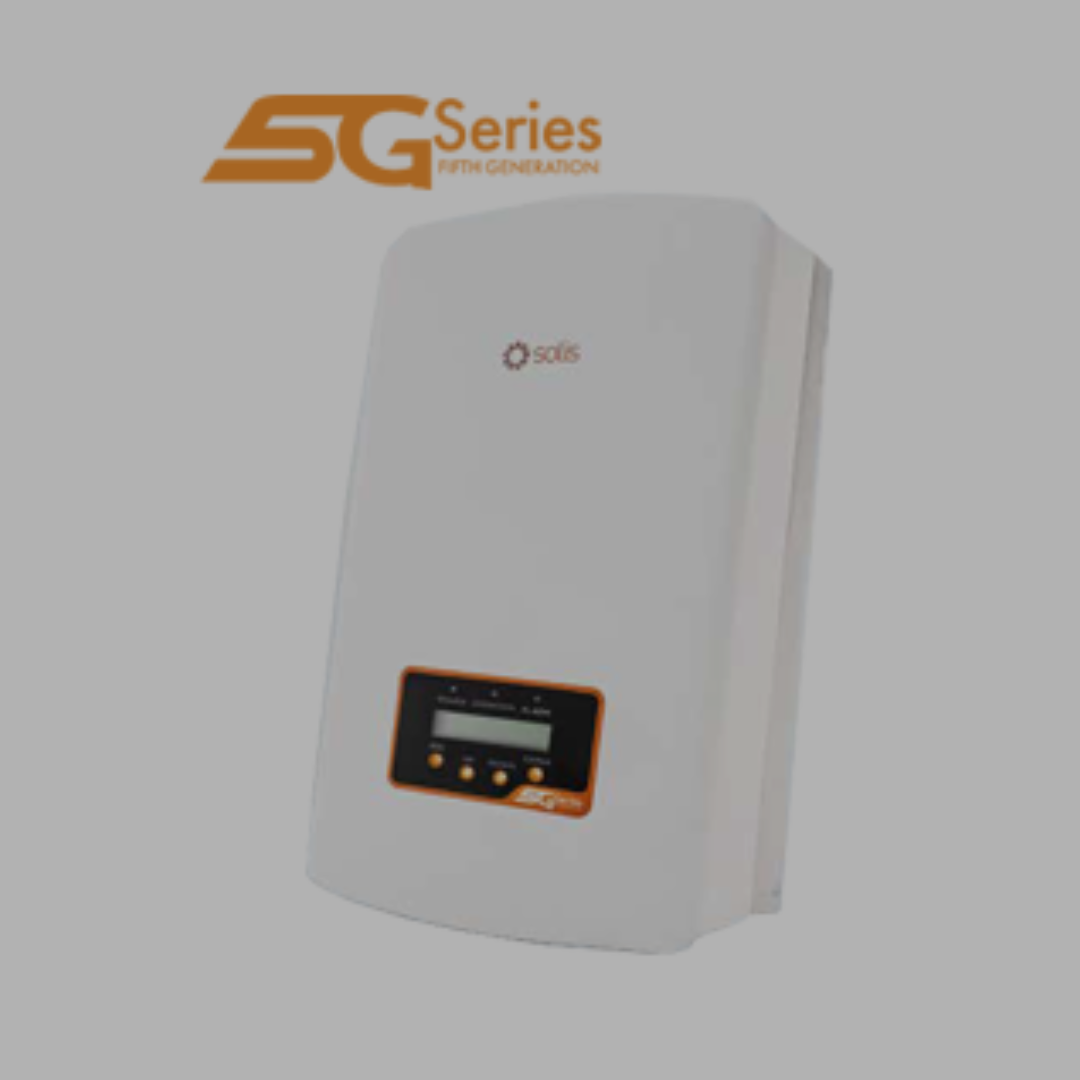
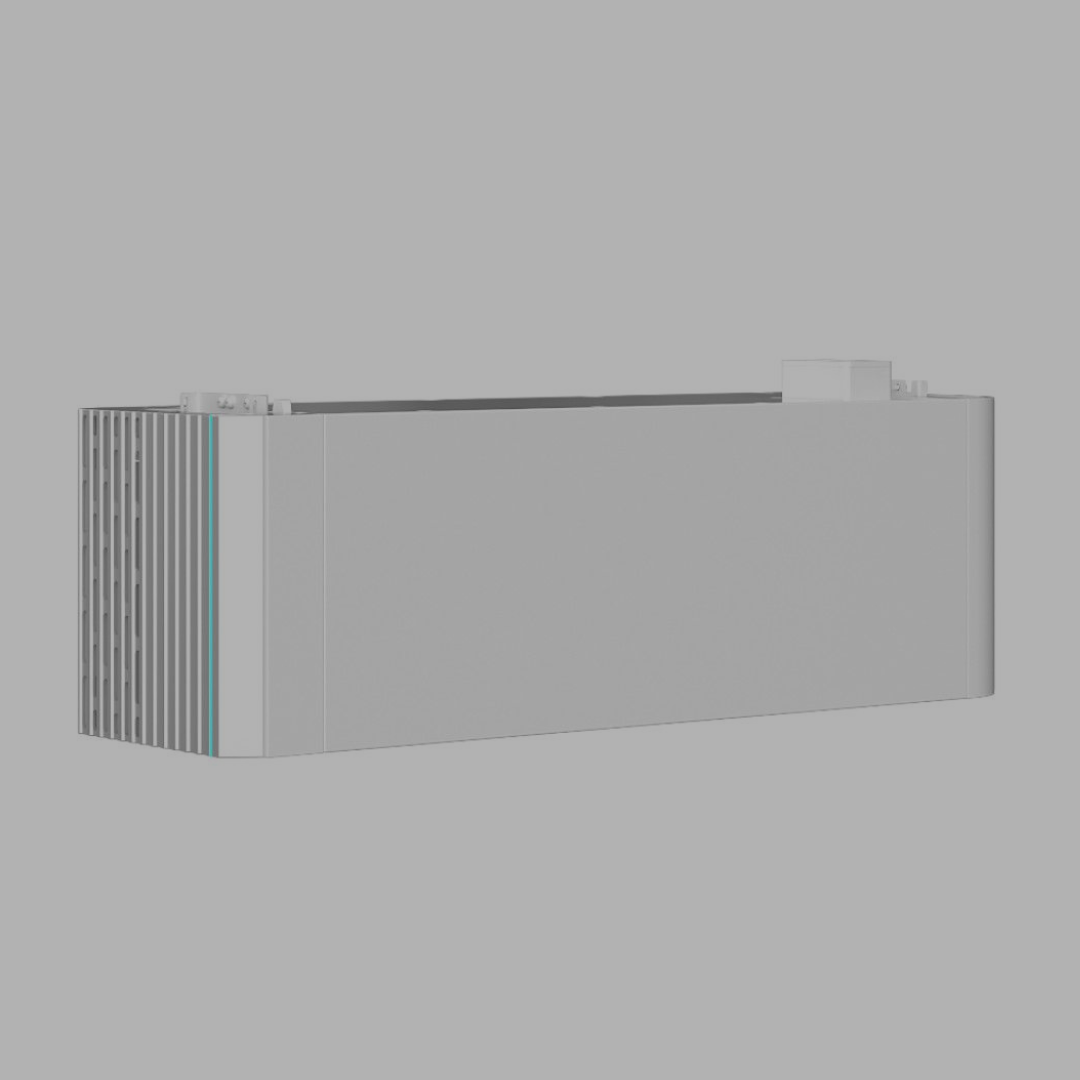
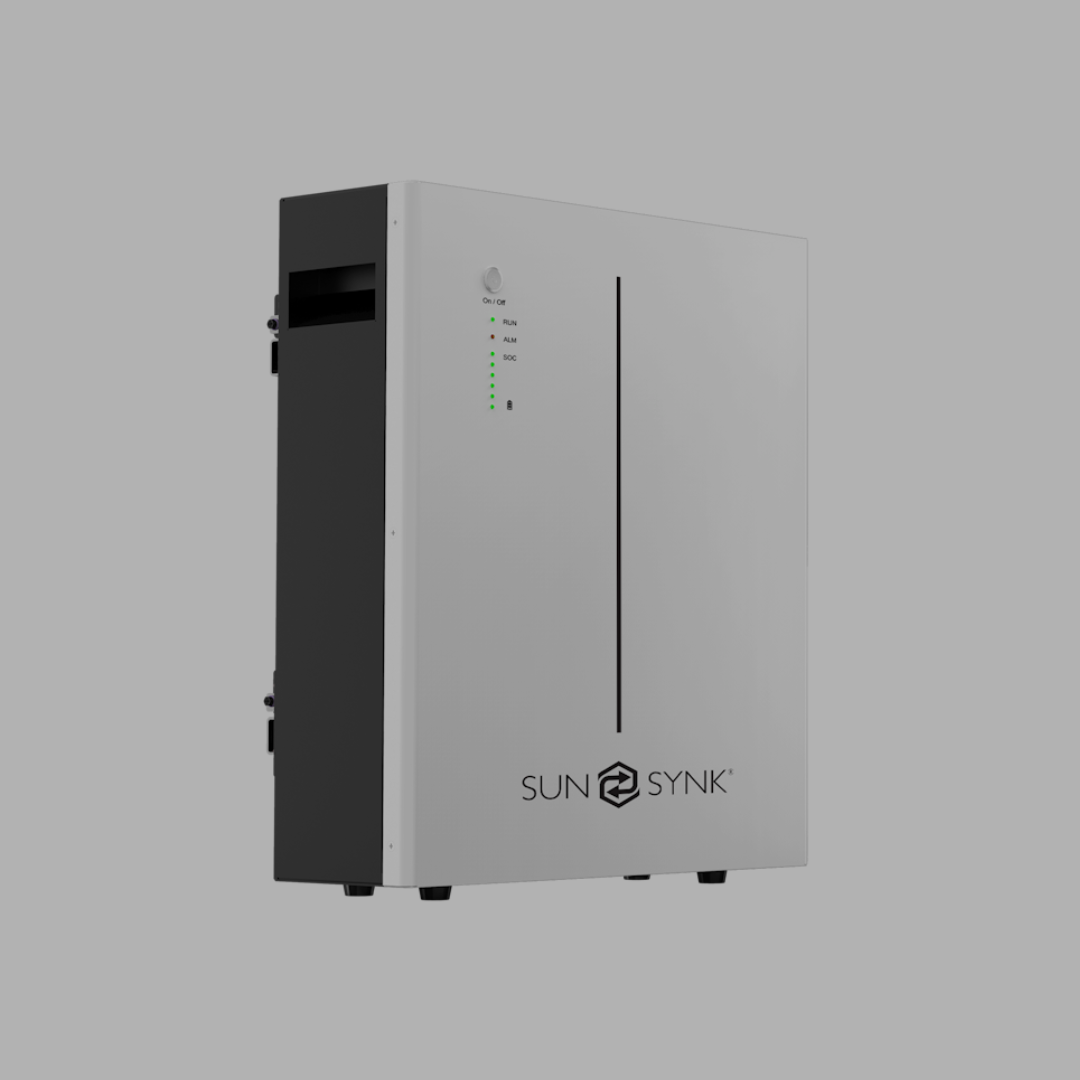
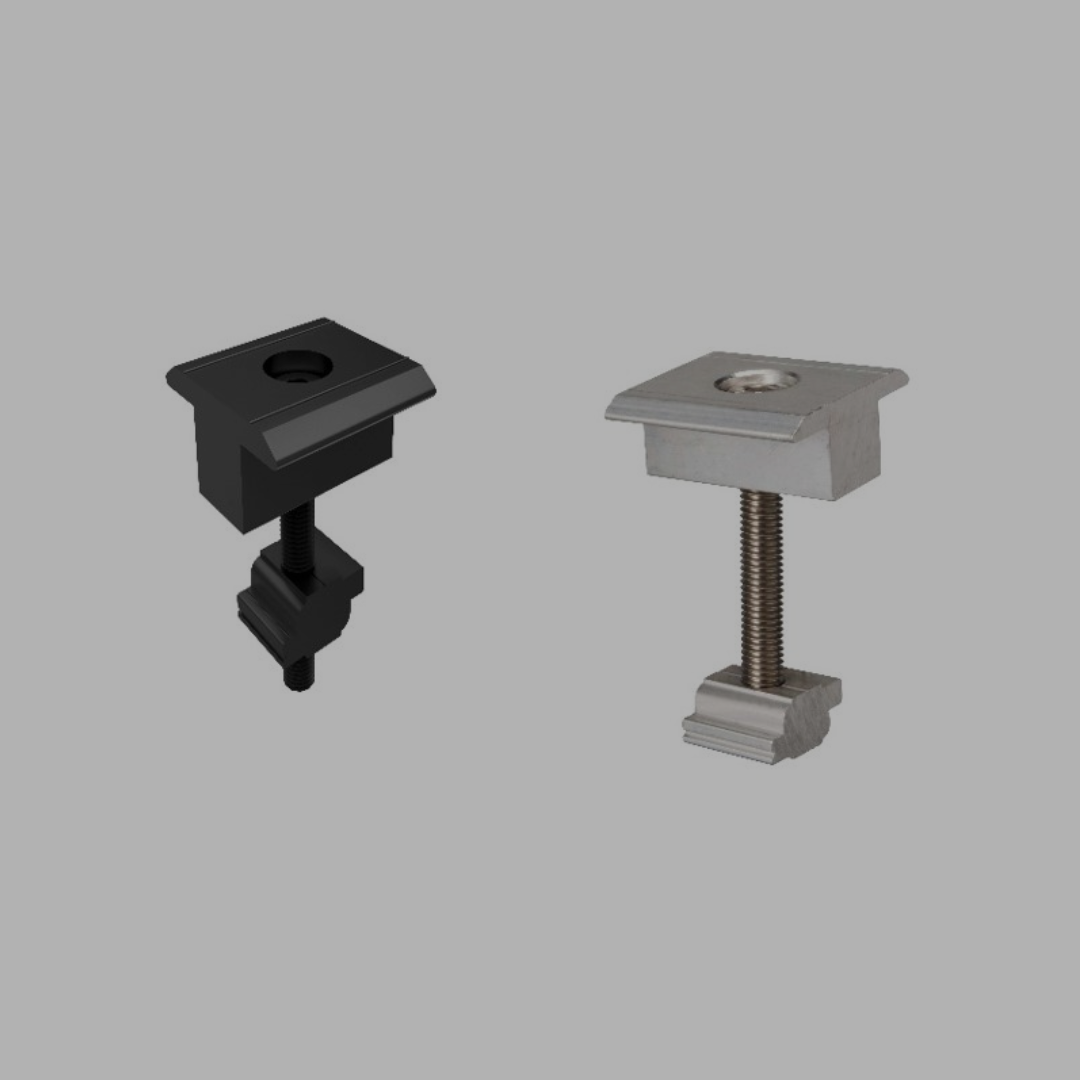

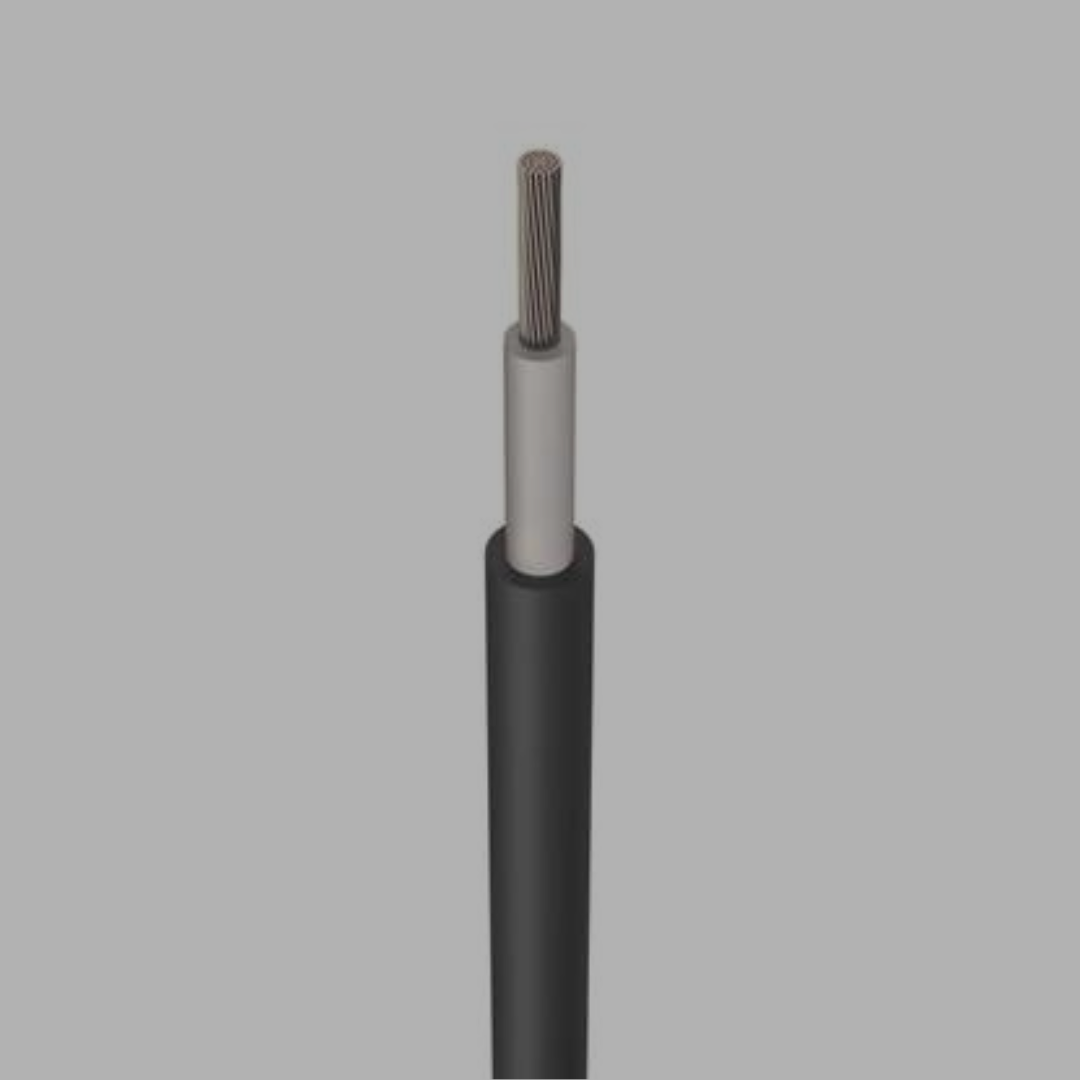
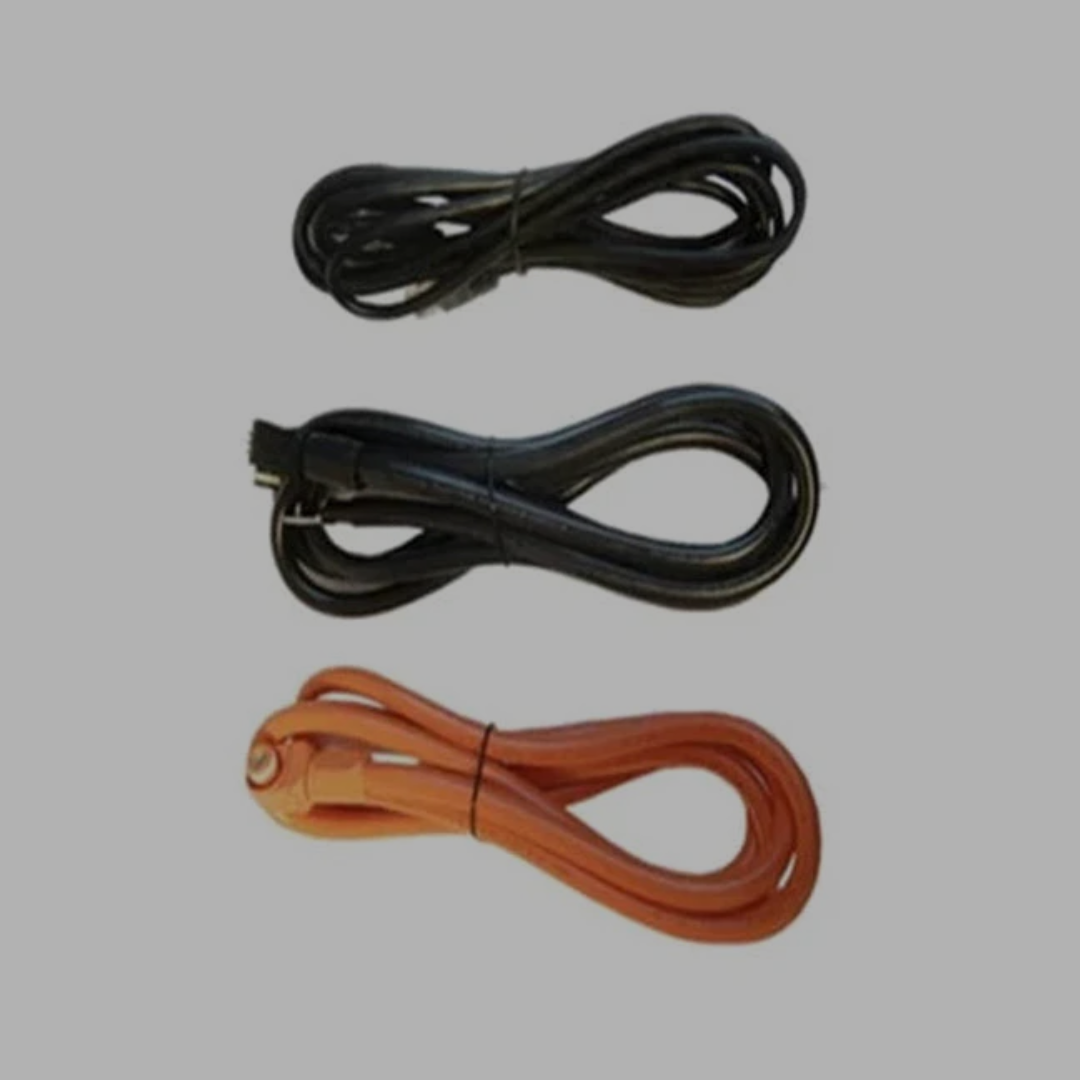
Leave a comment
This site is protected by hCaptcha and the hCaptcha Privacy Policy and Terms of Service apply.